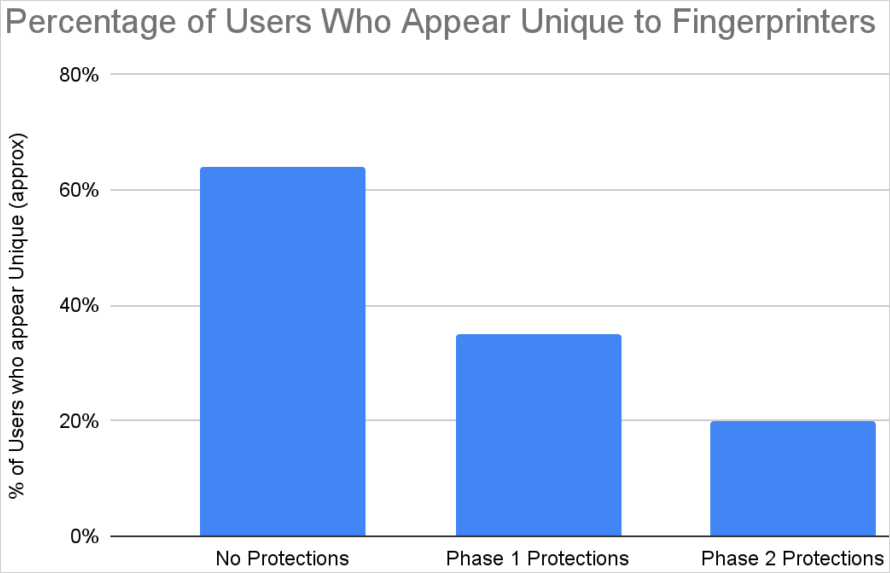- Mozilla Firefox makes it harder for sites to track “fingerprints”
- Websites collect digital information, such as the specifications of your hardware.
- This information can then track user activity even in private browsing.
When using a web browser, it is typical for websites to ask your permission to use tracking cookies to collect data about your browsing habits, usually with the option to opt-out.
However, ‘fingerprints’ are much harder to block than cookies, and websites can track your activity using your device’s hardware specifications, time zone, and other information provided to improve site performance and functionality.
If these details are gathered into a profile, they can track your browsing habits even in private browsing mode, but Mozilla Firefox is now introducing fingerprinting defenses that it says can reduce identifiable unique users by about 70%.
Burn fingerprints
The new protections were introduced as part of Firefox’s Enhanced Tracking Protection service in Firefox 145.
Protection is currently only available in the browsers’ strict Private Browsing and Enhanced Tracking Protection (ETP) modes, but testing in these environments will soon see protection extended to normal browsing in the future.
Many websites run invasive scripts that collect information on your browser and device that can be used for tracking, and often the scripts will even run if you reject cookies.
These scripts will accumulate metrics such as browser version, operating system, screen resolution and color settings, system language, fonts, time zone, GPU processing behavior, CPU cores, touch screen capabilities, and your device memory.
Enhanced Tracking Protection already offers a variety of anti-fingerprint measures. “Since 2021, Firefox has been gradually improving fingerprint protections, covering the most widespread fingerprinting techniques,” Mozilla stated. “These include things like how your graphics card draws images, what fonts your computer has, and even small differences in how it performs math.”
To hinder other fingerprinting techniques, Mozilla has introduced new mechanisms, such as adding random noise to background images when the site reads them, forcing the use of standard operating system fonts (aside from language fonts), and obfuscating touch support, screen resolution, and the number of processor cores.

These new protections can reduce the number of users with unique fingerprints to just 20%, compared to more than 60% of users who can be fingerprinted without any protection. Unfortunately, it is unlikely that any browser will be able to reduce that number to 0%, as many websites rely on fingerprint information for key website features and functionality.
Through beepcomputer

The best antivirus for all budgets



